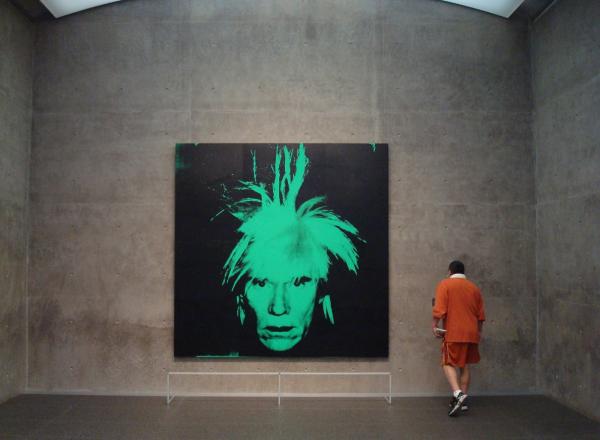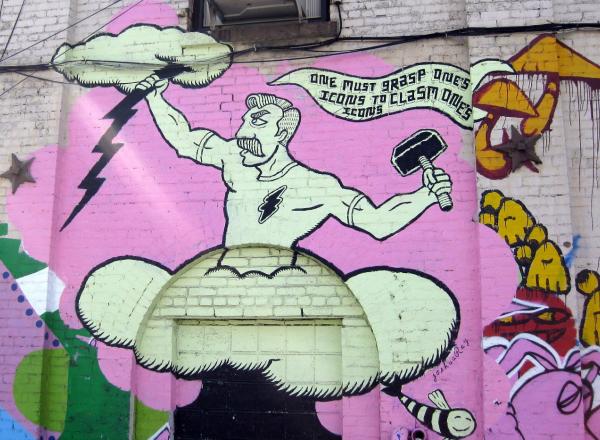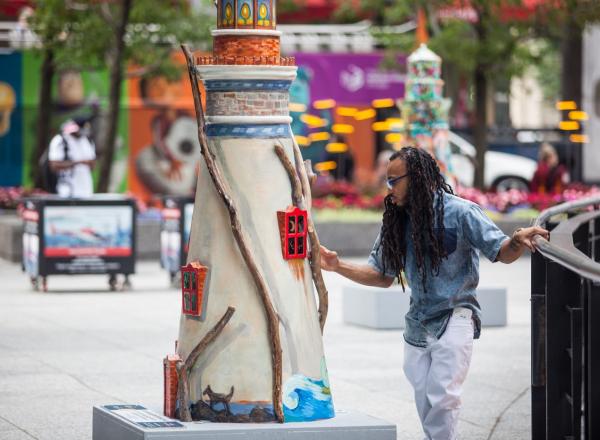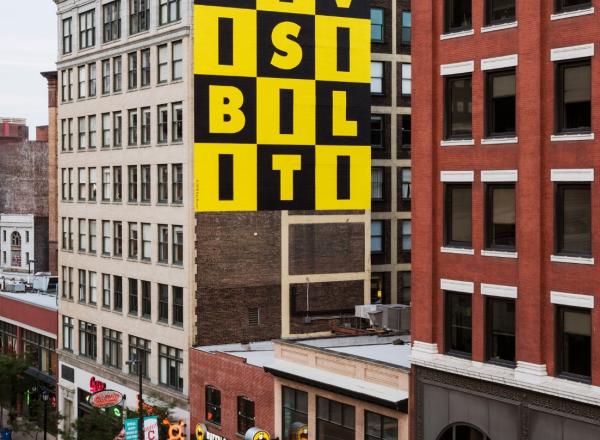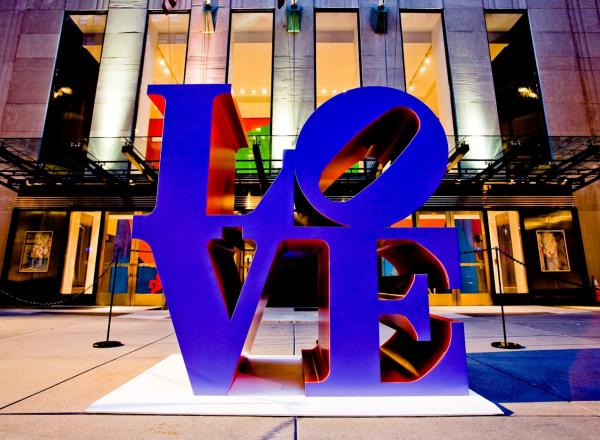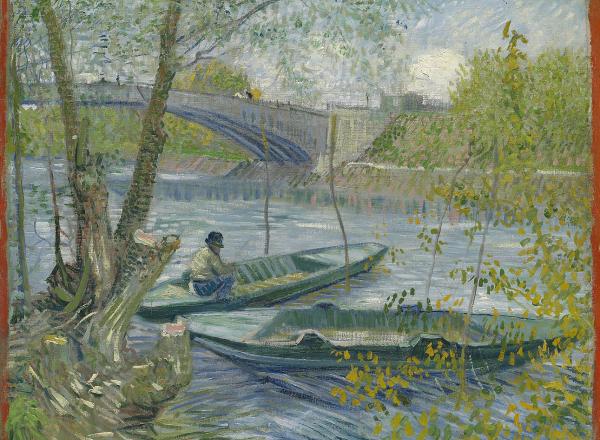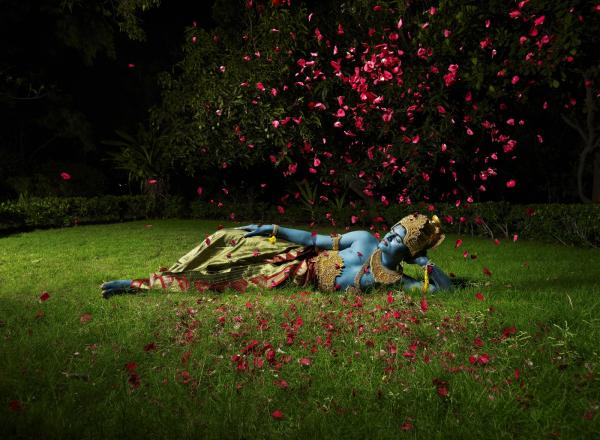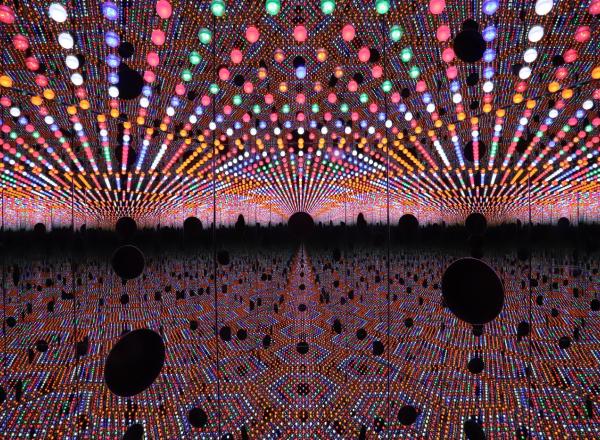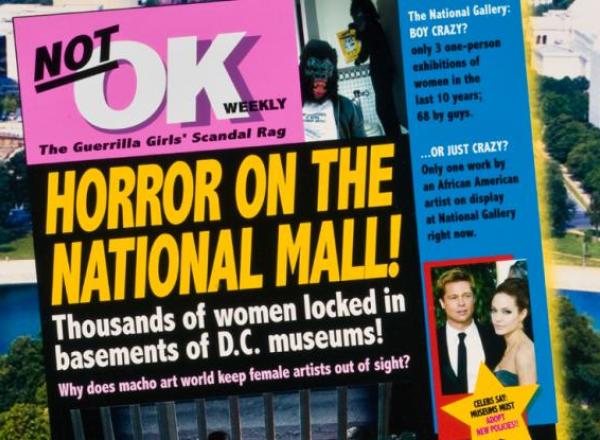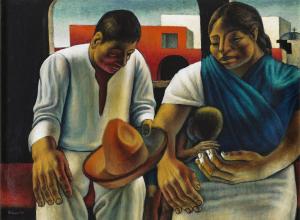Andy Warhol would have been 90 years old on August, 6. Museums and art lovers the world over are celebrating. The pioneer of Pop Art died in 1987 at the age of 58, but 30 years later, his fifteen minutes of fame aren’t up and his art is still ubiquitous.
Art News
Brooklyn polymath, Erik Zajaceskowski, has been making his imprint on the borough’s art and nightlife scenes for nearly two decades. Zajaceskowski and friends launched Mighty Robot, an illegal art and party loft, during Williamsburg’s cultural heydey in the late 1990s. During that time, he forged many connections that remain essential to his art making and curating. Mighty Robot eventually became Secret Project Robot, Zajaceskowski and Rachel Nelson’s acclaimed Bushwick performance space, music venue, and gallery.
This summer in Chicago, public art is being used as a call to action. Fifty-one 6 foot lighthouse sculptures that have been decorated by national and local Chicago artists, many with disabilities, are now on display on North Michigan Avenue, Chicago’s Magnificent Mile.
This weekend marks the inaugural opening of FRONT International, Cleveland’s new Triennial for Contemporary Art. Centered around the theme “An American City,” FRONT seeks to push the boundaries of the traditional art fair by emphasizing “process, research, collaboration and long-term engagement with Cleveland and Northeast Ohio." While the theme gives the triennial a local focus, it all aims to engage larger social, political, cultural, ecological and economic issues, using Cleveland to serve as an example of how these issues function on a larger scale.
Today the art world mourns the death of Robert Indiana. The pop artist died on Saturday at the age of 89. His ubiquitous “LOVE” sculptures, notably seen in Philadelphia, New York, and Indianapolis, are iconic works of art. The four letters stacked in a square with an off-kilter “O” were made famous in 1964 as a Museum of Modern Art Christmas card. Indiana went on to create steel sculptures based on this design, as well as prints. Since then the image has gone on the grace postage stamps, clothing, and every kind of souvenir imaginable.
In the spirit of the English poet Alexander Pope, art, like hope, springs eternal. And this year the vernal equinox, signaling the onset of spring, our most hopeful season, occurred on March 19th, the earliest in recent memory. While March 2020 also saw the proliferation of that other “v” word necessitating a period of enforced isolation, artists are possibly the best equipped to weather this period given the solitary nature of most creative activity. Many artists have recognized the uplifting power of spring, particularly in times of societal upheaval.
The FotoFest Biennial, an international platform for photographic and new media art, is known for discovering and presenting hot new talent from around the world. The Biennial is a citywide production, with Houston's leading art museums, art galleries, non-profit art spaces, universities and civic spaces all involved. This year’s festival theme is INDIA, with attendees coming from 34 countries, and artists from India and the global Indian diaspora representing the identities of their homeland.
The North Carolina Museum of Art (NCMA) is the latest institution to acquire one of Yayoi Kusama's hugely popular mirrored infinity rooms. Light of Life, 2018, is a seven feet square hexagonal box with three portholes that allow visitors to peer inside. LED lights in changing colors and flickering patterns put on a two-minute show that is reflected infinitely through the mirrors.
The Museum of Fine Arts Houston installed and unveiled their new gleaming Anish Kapoor sculpture this week. "Cloud Column," conceived in the late 1990s and executed in 2006, is a 21,000-pound stainless steel vertical oblong. Situated in front of the future Glassell School of Art, the piece will be a focal point for the Museum’s newly redeveloped campus, set to open in May.
The installation sparked mockery from the Chicago Tribune. In the coming decades, Houston is predicted to overtake Chicago as the nation's 4th largest city.
March marks the beginning of Women’s History Month, and museums and art institutions across the US are ready to highlight female artists. The National Museum of Women in the Arts (NWMA)—the only major museum in the world solely dedicated to championing great women artists— is launching several initiatives. They’re bringing back their popular hashtag from last year: #5WomenArtists, asking if people can name five women artists, this year with an emphasis on remembering female artists of color.




